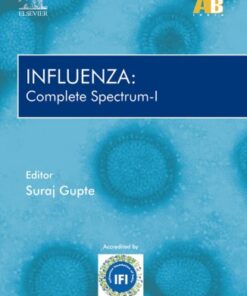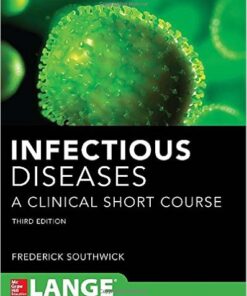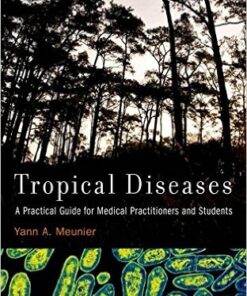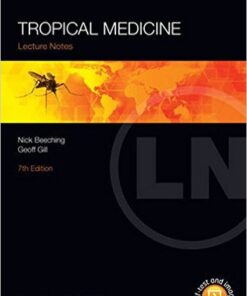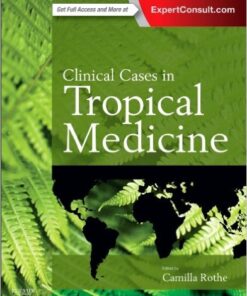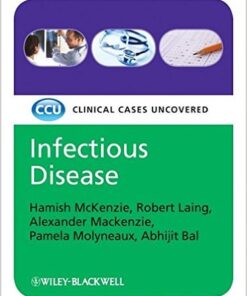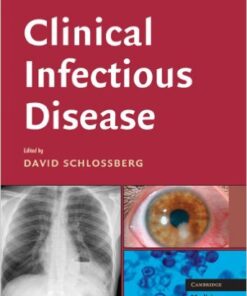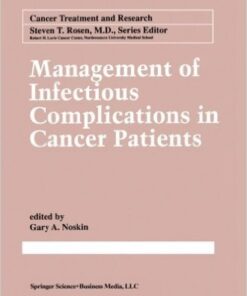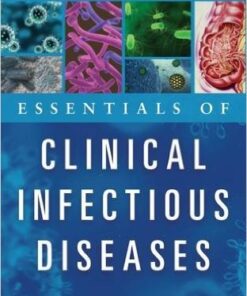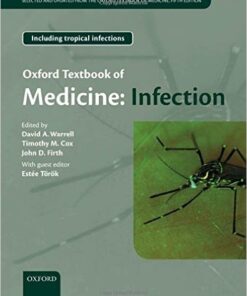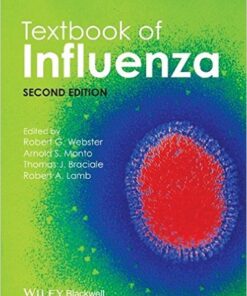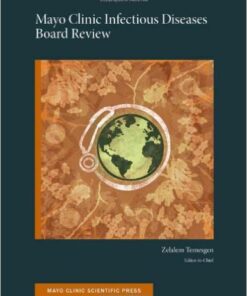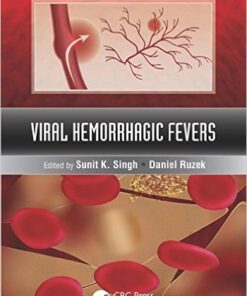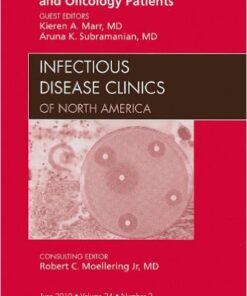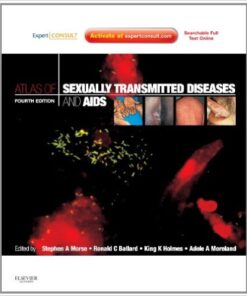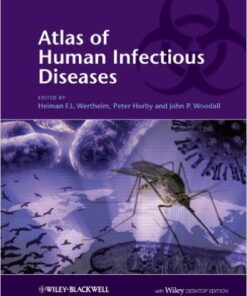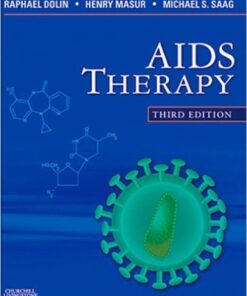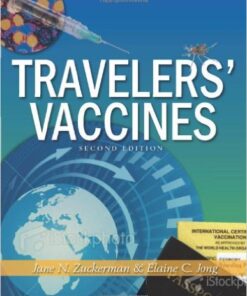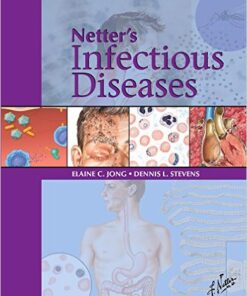INFECTIOUS DISEASES BOOKS
INFECTIOUS DISEASES BOOKS
INFECTIOUS DISEASES BOOKS
Infectious Diseases A Clinical Short Course 3/E (In Thirty Days Series) 3rd Edition
INFECTIOUS DISEASES BOOKS
Tropical Diseases: A Practical Guide for Medical Practitioners and Students 1st Edition
INFECTIOUS DISEASES BOOKS
INFECTIOUS DISEASES BOOKS
Manual Washington de especialidades clínicas. Enfermedades infecciosas (Spanish Edition)
INFECTIOUS DISEASES BOOKS
INFECTIOUS DISEASES BOOKS
INFECTIOUS DISEASES BOOKS
INFECTIOUS DISEASES BOOKS
INFECTIOUS DISEASES BOOKS
INFECTIOUS DISEASES BOOKS
INFECTIOUS DISEASES BOOKS
INFECTIOUS DISEASES BOOKS
INFECTIOUS DISEASES BOOKS
Lange Microbiology and Infectious Diseases Flash Cards 2nd Edition
INFECTIOUS DISEASES BOOKS
Mandell, Douglas y Bennet Enfermedades infecciosas: Principios y práctica 7ª Edición
INFECTIOUS DISEASES BOOKS
INFECTIOUS DISEASES BOOKS
INFECTIOUS DISEASES BOOKS
Mayo Clinic Infectious Diseases Board Review (Mayo Clinic Scientific Press) 1st Edition
INFECTIOUS DISEASES BOOKS
INFECTIOUS DISEASES BOOKS
Clinical Microbiology and Infectious Diseases: An Illustrated Colour Text, 2e 2nd Edition
INFECTIOUS DISEASES BOOKS
INFECTIOUS DISEASES BOOKS
Atlas of Human Infectious Diseases, Includes Desktop Edition 1st Edition
INFECTIOUS DISEASES BOOKS
INFECTIOUS DISEASES BOOKS
INFECTIOUS DISEASES BOOKS
HIV/AIDS in the Post-HAART Era: Manifestations, Treatment, and Epidemiology First Edition
INFECTIOUS DISEASES BOOKS
Antibiotic Manual: A Guide to Commonly Used Antimicrobials 1st Edition
INFECTIOUS DISEASES BOOKS
Color Atlas & Synopsis of Sexually Transmitted Diseases, Third Edition
INFECTIOUS DISEASES BOOKS
Netter’s Infectious Disease, 1e (Netter Clinical Science) 1st Edition
Introduction
Overview of Infectious Diseases: Types, Causes, and Prevention
Infectious diseases are caused by microorganisms such as bacteria, viruses, fungi, and parasites that invade the body and cause illness. These diseases can be spread through contact with an infected person or animal, contaminated food or water, or contact with a contaminated surface. Infectious diseases can range from mild to severe and can even be life-threatening.
There are several types of infectious diseases, including bacterial, viral, fungal, and parasitic infections. Bacterial infections are caused by bacteria, which are single-celled organisms that can reproduce quickly and cause a wide range of illnesses. Common bacterial infections include strep throat, urinary tract infections, and pneumonia. Viral infections are caused by viruses, which are much smaller than bacteria and can only reproduce inside living cells. Common viral infections include the common cold, influenza, and HIV/AIDS. Fungal infections are caused by fungi, which are microscopic organisms that live in soil, on plants, and in water. Common fungal infections include athlete’s foot, ringworm, and yeast infections. Parasitic infections are caused by parasites, which are organisms that live off of other organisms. Common parasitic infections include malaria, tapeworms, and trichomoniasis.
Infectious diseases can be prevented by practicing good hygiene, such as washing your hands regularly and avoiding contact with people who are sick. Vaccines are also available for some infectious diseases, such as measles, mumps, rubella, and polio. Vaccines work by introducing a weakened form of the virus into the body, which stimulates the immune system to create antibodies that will protect against future infection. Additionally, it is important to practice safe sex and avoid sharing needles to reduce the risk of contracting sexually transmitted infections. Finally, it is important to cook food thoroughly and avoid consuming raw or undercooked foods to reduce the risk of foodborne illnesses.
By understanding the different types of infectious diseases, their causes, and how to prevent them, you can help protect yourself and others from becoming ill.
Diagnosis and Treatment of Common Infectious Diseases
Vaccines and Immunization for Infectious Diseases
Vaccines and immunization are essential tools for preventing the spread of infectious diseases. Vaccines work by introducing a weakened or killed form of a virus or bacteria into the body, which stimulates the immune system to produce antibodies that protect against future infection. Immunization is the process of administering a vaccine to an individual in order to provide immunity from a particular disease.
Immunization has been used for centuries to protect people from infectious diseases. The first successful vaccine was developed in 1796 by Edward Jenner, who used cowpox to protect against smallpox. Since then, vaccines have been developed to protect against a wide range of infectious diseases, including polio, measles, mumps, rubella, diphtheria, tetanus, pertussis, Haemophilus influenzae type b (Hib), hepatitis B, and varicella (chickenpox).
Vaccines are highly effective at preventing the spread of infectious diseases. Studies have shown that immunization can reduce the risk of infection by up to 95%. In addition, immunization can help reduce the severity of illness if a person does become infected. This is especially important for young children, who are more vulnerable to serious complications from certain infectious diseases.
Immunization is also cost-effective. Vaccines are much less expensive than treating an individual for an infectious disease. In addition, immunization can help prevent the spread of disease to others, which can save money on medical costs and lost productivity due to illness.
Immunization is recommended for all individuals, regardless of age or health status. It is especially important for young children, pregnant women, and those with weakened immune systems. Vaccines are available through healthcare providers, pharmacies, and public health clinics. It is important to keep track of immunizations and make sure that all recommended vaccines are received on time.
Vaccines and immunization are essential tools for protecting against infectious diseases. They are safe, effective, and cost-effective, and they can help reduce the spread of disease and save lives.
Emerging and Re-emerging Infectious Diseases
Emerging and re-emerging infectious diseases are a major public health concern. These diseases are caused by pathogens that have recently been introduced into the population or have been present for some time but have increased in incidence or severity. They can be caused by viruses, bacteria, fungi, or parasites, and can spread rapidly through contact with an infected person or animal, contaminated food or water, or even through the air.
The emergence of new infectious diseases is a natural process, but it is accelerated by human activities such as deforestation, urbanization, and global travel. As people move around the world, they bring with them new pathogens that can spread to other populations. In addition, changes in climate can create conditions that are favorable for the spread of certain diseases.
Re-emerging infectious diseases are those that were once common but have declined in recent years due to improved public health measures. However, these diseases can resurface if the public health measures are not maintained. For example, measles was once a common childhood disease, but thanks to widespread vaccination, it has become much less common. However, if vaccination rates drop, the disease can quickly re-emerge.
Infectious diseases can have serious consequences, including death. Therefore, it is important to be aware of emerging and re-emerging infectious diseases and take steps to prevent their spread. This includes practicing good hygiene, getting vaccinated, avoiding contact with sick people, and washing hands frequently. It is also important to stay informed about new outbreaks and follow the advice of public health officials.
The Role of Antibiotics in Treating Infectious Diseases
Antibiotics are a type of medication used to treat bacterial infections. They work by either killing the bacteria or preventing them from reproducing and spreading. Antibiotics have been used for centuries to treat infectious diseases, and they remain one of the most important tools in modern medicine.
Antibiotics are effective against a wide range of bacterial infections, including strep throat, urinary tract infections, and pneumonia. They can also be used to prevent infections in people who are at risk, such as those undergoing surgery or chemotherapy. In some cases, antibiotics may be used to treat viral infections, although this is not common.
When taking antibiotics, it is important to take the full course of treatment as prescribed by your doctor. This helps ensure that all of the bacteria causing the infection are killed, reducing the risk of the infection returning. It is also important to take the antibiotic exactly as prescribed, as taking too much or too little can reduce its effectiveness.
It is important to remember that antibiotics do not work against viruses, so they should not be used to treat viral infections such as colds and flu. Taking antibiotics unnecessarily can also lead to antibiotic resistance, which means that the bacteria become resistant to the effects of the antibiotic and can no longer be treated with it.
In summary, antibiotics are an important tool in treating bacterial infections, but they should only be used when necessary and as prescribed by a doctor. Taking antibiotics unnecessarily can lead to antibiotic resistance, which can make it harder to treat bacterial infections in the future.
Conclusion
Discovering the best books on infectious diseases can be a daunting task. However, with this comprehensive guide, you can easily find the perfect book for your needs. From textbooks to reference guides, this guide provides an overview of the top books on infectious diseases and their authors. With this information, you can make an informed decision about which book is right for you. Whether you are looking for a comprehensive overview of the subject or a more specialized approach, this guide will help you find the perfect book for your needs.

